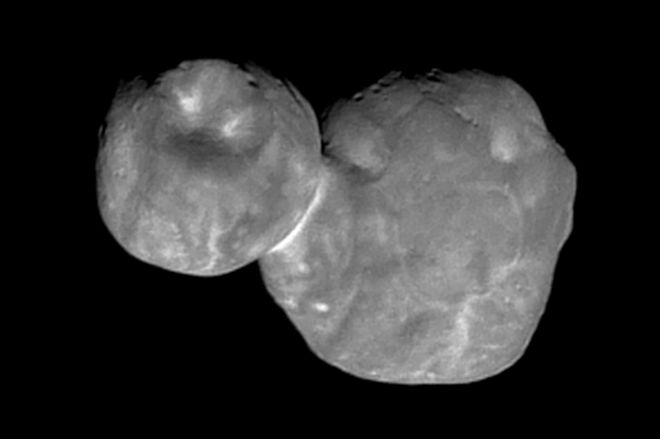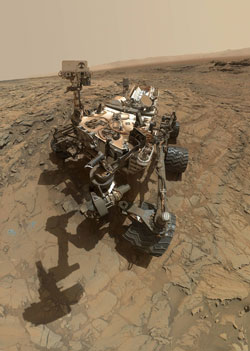Virgin Atlantic edge closer to first commercial passenger flight into space
The latest Virgin Galactic test flight reached almost 90km in height as its Unity rocket plane completed another successful outing. Dave Mackay became the first Scotsman in space as he and his co-pilot, American Mike Masucci completed a fifth test outing for the spacecraft, which reached a top speed of around three times the speed of sound (Mach 3).
The really big news this time though is that they were carrying a passenger. Virgin’s Chief Astronaut Instructor, Beth Moses joined them for the trip in order to experience the feel of the craft from a passenger’s point of view.
With Virgin Galactic already reaching space while carrying a passenger, it is surely only a matter of time before some of Sir Richard Branson’s 800 or so signed up customers get to experience the weightlessness of space for themselves.
SpaceX and Boeing face delays
Meanwhile, technical glitches and safety concerns have caused delays to expected launches for both these company’s new space capsules. SpaceX’s Dragon space capsule was expected to take off on a demonstration flight early this year, but this has been postponed and is now slated for April. Boeing’s CST-100 Starliner crew capsule has been suffering a fuel leakage problem which has also led to further delays.
NASA is subsidising both spacecraft to the tune of $2.5billion (SpaceX) and $4 billion (Boeing), so that it will hopefully no longer have to rely on Russia’s Soyuz to ferry its astronauts and supplies to the International Space Station (ISS). Reports suggest that NASA have safety and technical concerns regarding both company’s crew capsules, with further delays possible.
Ultima Thule: from Snowman to Gingerbread Man
More detailed photos have now been downloaded from NASA’s New Horizons mission to the distant Kuiper Belt object Ultima Thule. These indicate that it is in fact shaped more like a Gingerbread Man than a Snowman. Original images indicated a rounded shape, but subsequent pictures, taken at different angles as the spacecraft flew by at around 50,000 km per hour, suggest a more flattened shape.
This has certainly taken the boffins by surprise, with the object now appearing to look more like two supermassive flattened beach pebbles loosely attached at one point. Experts are puzzled as to how such a pancake shaped object could be formed: chief scientist on the mission Professor Alan Stern commented that he’d never seen anything like this orbiting the Sun before.
Chinese lunar lander reports lower than expected temperatures
The Chinese Chang’e 4 lander has been surveying the lunar surface from the far side of the Moon since it successfully touched down earlier in the year. It has recently reported a temperature of -130°C, far lower than has ever been reported before from instruments positioned on the near side. This is a surprise because the far side of the Moon is not “dark” – it receives a similar amount of sunlight to the side we can see, it’s just that we have no direct line of sight to it from Earth.
No definite explanation has yet been confirmed, but scientists are suggesting that this may be because of differences in soil composition between the two sides. The far side of the Moon suffers more meteor strikes because the near side is sheltered to a certain extent by the presence of the Earth, perhaps changing the relative nature of the lunar soil over time.
Israel plans to become the fourth nation to land a spacecraft on the Moon
In further lunar news, Israel has taken a major step toward landing a spacecraft on the Moon. Beresheet (Hebrew for “in the beginning”) was launched by SpaceX’s Falcon rocket into low Earth orbit on February 22nd. It is not taking a direct route to the Moon, but will instead boost its orbit further and further from Earth with successive firing of its rocket, until it is far enough away to enter lunar orbit. It is not expected to reach the surface of the Moon until April.
There is a British connection too, because the mission is being powered by a British Leros engine, developed by a Buckinghamshire based space technology company called Nammo.
Only state sponsored missions from the United States, Russia and China have previously made it to the surface of the Moon, so if this privately funded mission is successful it will be a major achievement.
Space “harpoon” offers prospect of clearing space junk
Another British achievement came when the RemoveDebris satellite fired a harpoon into a target while in low earth orbit. This UK led mission is attempting to test different techniques which can be used to remove space junk from orbit before it can do damage to other satellites. This was the third of four different experiments the mission had planned, to see which of a range of alternative techniques will work best to help clear up space litter.
Japanese Asteroid Grab
Meanwhile, the Japanese satellite Hayabusa 2 has been trying a different kind of smash and grab in the Asteroid Belt. It attempted to collect material from the Asteroid Ryugu by touching down briefly on the object’s surface, firing a projectile into rock and collecting samples of the particles resulting from the impact.
Transmissions of data from the satellite were as expected and subsequent photographs saw an apparent impact area on the asteroid, suggesting the attempt had gone well. A further sample collection will take place soon, at which point the spacecraft will return to earth so that its hoard of samples can be analysed.
News from Mars
NASA’s Opportunity Rover mission has now officially ended. The Rover had been out of communication since it had been affected by the recent global Martian dust storm. The storm had blocked sunlight, preventing the lander’s solar panels from providing sufficient power to recharge its batteries. The lander was put into a dormant mode last June to try to survive the storm, but it is thought that either the rover was damaged, or its solar panels have been covered in dust. NASA scientists made one last call to try to re-establish contact and perhaps re-awaken the craft, but this was unsuccessful. Opportunity’s sister Curiosity remains operational and continues to send back data and pictures from the surface of Mars.
Meanwhile, NASA’s InSight mission continues. A seismometer was placed on the Martian surface in December last year, followed by a wind shield to protect it earlier this month. Now this has been joined by a heat flow probe (HP3). These instruments are designed to take measurements to try to determine the internal geological structure of the planet.



